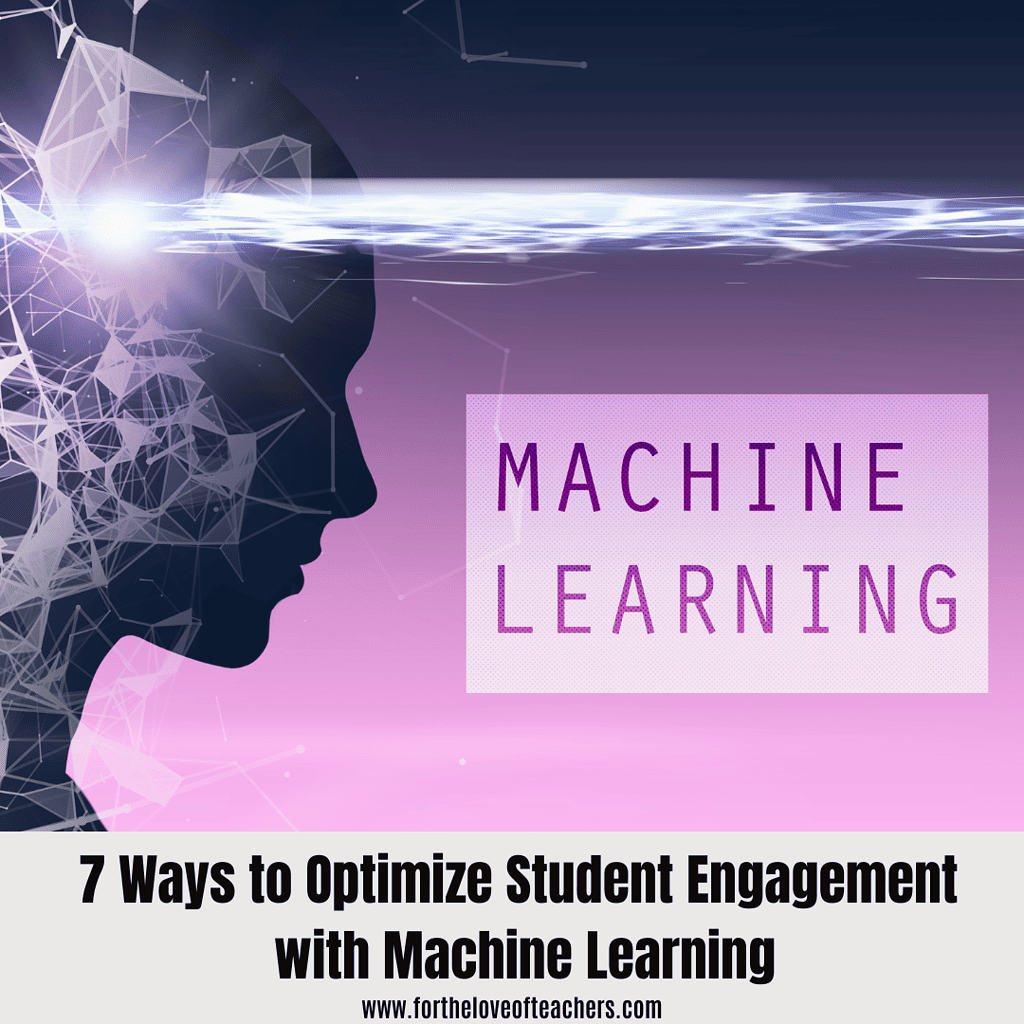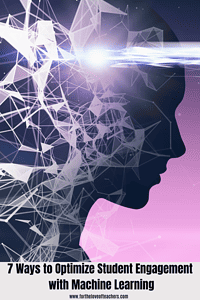In the age of technology, virtual learning has taken the education sector by storm. As a mode of education that allows students to learn anytime and anywhere, virtual learning offers a new world of possibilities. However, ensuring student engagement in any learning environment can be challenging.
Engagement is a vital aspect of effective learning. Students are more likely to participate in class discussions and activities when engaged.
Enter machine learning (ML)—an exciting field of artificial intelligence. ML has the potential to enhance student engagement in a virtual learning environment.
Let’s explore how this can be done.
1. Personalized Learning
Machine learning can make sense of large volumes of data. This ability presents a unique advantage in virtual learning. ML can scrutinize individual student data encompassing
- learning patterns;
- strengths;
- weaknesses;
- pace of learning.
Using this data to tailor content, pacing, and difficulty allows machine learning to create a more engaging learning experience.
Take, for example, virtual learning platforms like Knewton and Dreambox Learning. These platforms use machine learning to deliver personalized learning paths for students. The tailored content they offer significantly enhances engagement, boosting learning outcomes.
2. Adaptive Assessments
Machine learning is transformative in designing adaptive assessments. An example is the online learning platform Knewton.
As a student navigates through a test, the machine learning algorithms adjust the difficulty level. If a student is handling a topic with ease, they are presented with more complex questions. Conversely, if a student finds a particular area challenging, the system offers simpler questions.
These adaptive assessments serve beyond grading; they illuminate areas where a student might need help. This insight allows educators to give personalized feedback and recommend targeted study materials or activities. Machine learning thus facilitates a more effective and engaging learning journey.
3. Intelligent Recommendations
Machine learning also excels in providing intelligent recommendations. Consider the Duolingo app, which uses machine learning to understand a student’s learning habits and progress. Based on this, it recommends appropriate resources and activities.
For example, if a student is excelling at French vocabulary but finds verb conjugation challenging, Duolingo might suggest additional exercises focusing on verbs. This helps to ensure that the learning materials are not only fitting the student’s proficiency level but also their specific areas of interest.
With machine learning, a more personalized and engaging learning experience is created, avoiding a one-size-fits-all approach.
4. Gamification and Interactive Elements
Gamification is using game-like elements in non-game situations, like online learning. It makes boring lessons more fun and interactive. Machine learning can make these educational games adapt based on how a student is doing.
For example, an educational game can get harder or easier based on a student’s performance. This keeps students interested without overwhelming them. Adding these interactive elements helps promote active learning and keeps students motivated and engaged.
5. Natural Language Processing (NLP)
Natural Language Processing, or NLP, is a cool area of machine learning. It helps computers understand and respond to human language. With NLP, a computer program can have interactive dialogues, just like a real person. It provides real-time support to students, answering their questions instantly.
For example, think about a virtual learning platform with a chatbot where students can ask questions. This chatbot, powered by NLP, can understand and answer questions in real-time. This makes learning more interactive, keeping students engaged.
6. Early Warning Systems
One of the valuable uses of machine learning is in early warning systems. These systems can identify when a student is starting to lose interest or find their work difficult.
Machine learning models observe important indicators such as how often a student logs in, their level of participation in discussions, and their performance on tasks and tests.
Understanding when a student is struggling as soon as possible is crucial. The quicker we notice these issues, the faster we can provide help. Early warning systems can notify teachers, tutors, or even parents that a student might need some extra support, ensuring that help arrives when it’s most needed.
7. Sentiment Analysis
Finally, there’s something called sentiment analysis, another impressive capability of machine learning. Sentiment analysis looks at what a student writes. It can understand their emotions and level of interest, be it in a test, an essay, or even a forum post.
Imagine if we could tell that a student is becoming frustrated or losing interest just by looking at their online interactions. That’s what sentiment analysis can do. It’s an excellent tool for understanding which students might be having a hard time.
With this understanding, teachers can step in immediately. They can offer the right support at the right time, ensuring every student stays on track in their virtual learning journey.
Final Word
The potential of machine learning to enhance virtual learning is undeniable. Through the various applications discussed above, ML can improve student engagement markedly. With online education becoming more popular, the application of ML in virtual learning is essential.
For educators, this means learning how to harness the power of these technologies to help provide students with an engaging learning experience.
How do you use machine learning in your classroom to optimize student engagement? Share in the comments.
Related Posts:
The Impact of Artificial Intelligence On Education: Opportunities and Challenges
About the Author: Kat is a Molecular Biology Scientist turned Growth Marketing Scientist. During her free time, she loves to write articles that will bring delight, empower women, and spark the business mind. She loves to bake but unfortunately, baking doesn’t love her back. She has many things in her arsenal and writing is one of her passion projects.
Thanks for reading!
If you like it, then pin it!

Christine Weis is a passionate educator, classroom management coach, wife, and mom of two busy boys. She enjoys teaching, writing, and creating resources for teachers.







Leave a Reply